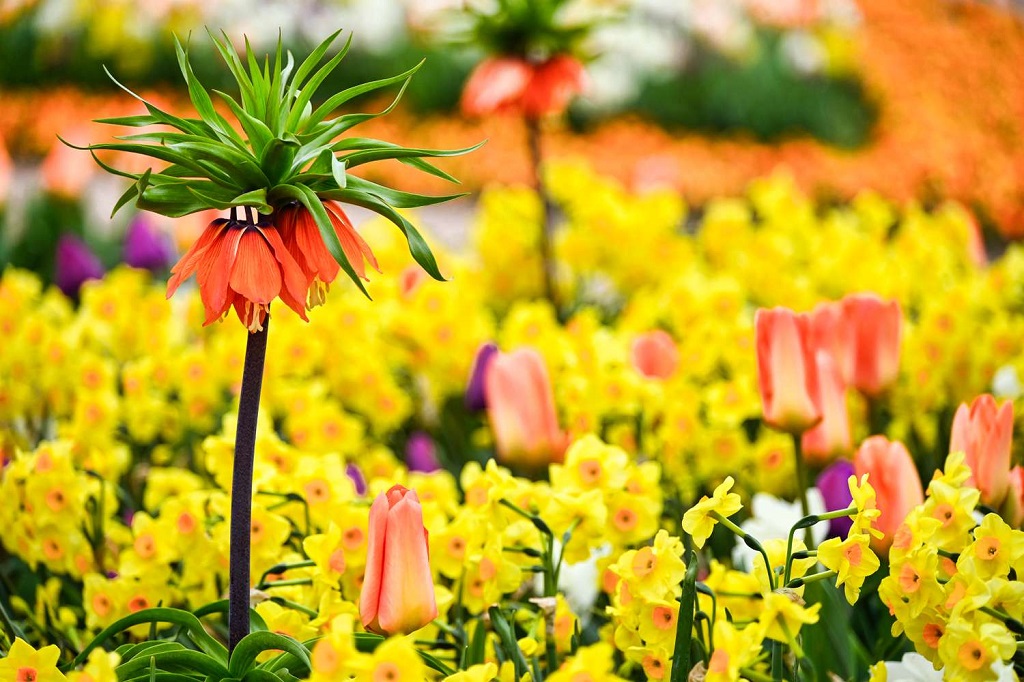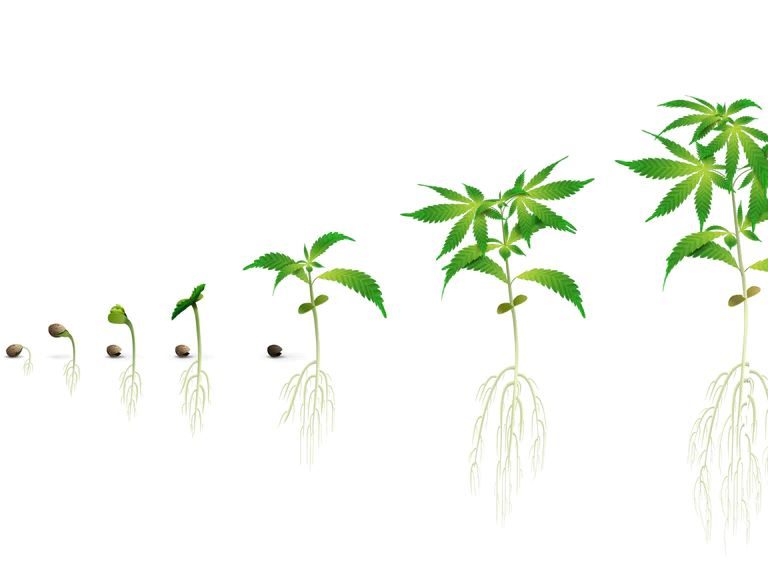Late spring is the perfect time to plant annuals like petunias, marigolds, and zinnias, as well as perennials such as astilbe, daylilies, and coneflowers. These plants thrive in warmer temperatures and longer days, creating vibrant displays in your garden.
As the days grow warmer and longer, late spring offers an ideal planting opportunity for various flowers and plants. With the risk of frost passed, this time allows for the successful establishment of annuals and perennials. From the colorful blooms of petunias, marigolds, and zinnias to the enduring beauty of astilbe, daylilies, and coneflowers, late spring sets the stage for a diverse and stunning garden.
By carefully selecting and planting these species, gardeners can achieve a lush and vibrant landscape, full of life and color throughout the coming seasons.
Benefits Of Late Spring Planting
Late spring planting offers several benefits for gardeners. The extended growing season allows for the cultivation of a wider variety of plants. The ideal weather conditions provide optimal growth opportunities for a successful harvest. Late spring planting also facilitates the development of strong and healthy root systems due to the warm soil. Furthermore, it enables plants to establish themselves before the hotter summer months. This can lead to better resilience to extreme temperatures and improved overall growth. Therefore, considering late spring planting for your garden can be advantageous for a bountiful and thriving harvest.
Recommended Late Spring Plants
If you’re looking to add a burst of color to your garden, consider planting flowering annuals in late spring. These vibrant plants, such as marigolds, petunias, and impatiens, are perfect for brightening up beds and borders. Their bold blooms will attract bees and butterflies, creating a delightful atmosphere.
Late spring is also a great time to start growing vegetables and herbs. Planting tomatoes, cucumbers, and zucchini will yield a bountiful harvest come summer. Additionally, herbs like basil, thyme, and rosemary can be grown to add fresh flavors to your culinary creations.
If you’re looking for plants that will provide long-term beauty to your garden, consider planting perennials. These hardy plants, such as daylilies, coneflowers, and hostas, will come back year after year, saving you time and effort. With their varied colors and textures, they’ll add interest and depth to your landscape.
Tips For Successful Late Spring Planting
Proper soil preparation is crucial for successful late spring planting. Begin by removing any weeds or debris from the planting area, ensuring that the soil is free from obstructions. Loosen the soil using a garden fork or tiller, allowing for proper root establishment and nutrient uptake. Consider adding organic matter, such as compost or aged manure, to improve soil structure and fertility. Proper watering is essential for the health and growth of plants during late spring. Ensure that the soil is consistently moist, but not waterlogged, to avoid root rot and other fungal diseases. Water deeply and infrequently, providing enough moisture to reach the roots of the plants. Mulching around the plants can help retain soil moisture and suppress weed growth. Consider the sunlight and shade requirements of different plants. Some plants thrive in full sun, while others prefer partial or full shade. Take note of the sun exposure in your garden and choose plants accordingly. This will ensure that the plants receive the ideal amount of sunlight for optimal growth and development. Remember to do your research on the specific plants you intend to grow and consider their individual needs for soil type, watering, and sunlight. By following these tips, you can achieve successful late spring planting and enjoy a thriving garden throughout the season.
Overcoming Challenges
Late spring can present challenges for gardeners, especially when it comes to dealing with late frost. One of the main concerns during this time is protecting delicate plants from freezing temperatures. To combat this, it is important to cover vulnerable plants with frost blankets or row covers at night and remove them during the day to allow sunlight and airflow. Monitoring the weather forecast is crucial, as having a plan in place can save your plants.
Pest and disease management is another challenge gardeners face in late spring. It is important to regularly inspect your plants for any signs of damage or infestation. Organic pest control methods such as using neem oil or introducing beneficial insects can help manage pests without harmful chemicals. Additionally, proper pruning and adequate spacing between plants can help prevent the spread of diseases.
Enjoying The Fruits Of Planting
Late spring is the perfect time to start planting and enjoying the beauty of blooming gardens. With a little effort, you can create a garden full of vibrant colors that will bring joy to your outdoor space. Choose from a variety of plants that thrive in the warmer weather and create a blooming garden beauty. From colorful annuals like petunias and marigolds to fragrant herbs like basil and rosemary, there are countless options to choose from. When it comes to enjoying fresh, homegrown produce, late spring planting is ideal. Harvest juicy tomatoes, crisp cucumbers, and flavorful herbs right from your backyard. Take advantage of this season to plant vibrant flowers and grow delicious fruits and vegetables. When considering trees to add to your garden, envision the satisfaction of witnessing your outdoor space flourish, and delight in the rewards of your diligent efforts as it comes to life with vibrant foliage and blossoms.
Frequently Asked Questions
What Are The Best Plants To Plant?
Late spring is a great time to plant annuals like marigolds and petunias, as well as vegetables like tomatoes and peppers. Perennials like lavender and coneflower are also ideal for late spring planting. These plants will thrive in the warmer temperatures and longer days of late spring, adding beauty and color to your garden.
Can I Start Planting Seeds Directly?
Yes, you can directly sow seeds in late spring for certain plants like beans, corn, and zucchini. These plants prefer to be sown directly in the soil when the temperatures are consistently warm. It’s important to follow the planting instructions on the seed packet and provide proper care for the young seedlings to ensure successful growth.
What Type Of Soil Is Best For Planting?
A well-draining soil is essential for late spring planting. It should be rich in organic matter and have a good balance of moisture retention and drainage. Amending the soil with compost or organic matter can improve its quality. Conduct a soil test to determine if any additional amendments, such as lime or fertilizer, are needed for optimal plant growth.
Late spring is the perfect time to add vibrant and blooming plants to your garden. These plants not only enhance the beauty of your outdoor space but also attract beneficial pollinators. To start a balcony garden, begin by selecting a variety of plants ranging from colorful annuals like petunias and marigolds to perennial favorites like lavender and salvia, offering ample choices to suit your space and preferences.
So, get your gardening gloves ready and enjoy the benefits of these stunning plants this late spring season.

















+ There are no comments
Add yours